DDP Talks To Victoria Morgan
Team Member Interview:
New Advisory Council Member
Could you give us a brief overview of your outstanding career as a dancer, choreographer, CEO, and artistic director?
I began dancing at the age of 2 because of a hernia. The doctor told my mom that I should move/get some exercise. That was the beginning of a life-long obsession with movement. The rigors of ballet technique began at 8 years old, and then at 12, living in a conservative, controlling Mormon community, the realization that I could find a place of expression and personal affirmation in a ballet studio struck me in an earth-shattering way. The cities and houses I lived in changed, the men in my life changed, and my professions changed, but at the nucleus, there was always movement.
I was a professional dancer with both Ballet West (1969 – 1978) and San Francisco Ballet (1979 – 1989) and worked with some of the most important choreographers at that time. On the War Memorial Opera House stage, I learned of the ecstasy of high physicality, infused with rapturous music played by 70 incredible musicians while executing choreography that became my own explosive spirit. I knew that adrenaline rush of being lost inside the music in a suspended dimension.
In 1989 at the end of my 18 years of professional dancing, I became the Ballet Master and eventually the Resident Choreographer for the San Francisco Opera. Cincinnati Ballet called on me to be Artistic Director (AD) in July of 1997, one of only two female ADs of a ballet company at our operating budget or higher. All the high-budget ballet companies were led by men. It’s miraculous how that has changed. While there is still a dearth of female choreographers, especially for full-length ballets, I never thought I would see that shift to female AD leadership in my lifetime – Susan Jaffe at ABT, Tamara Rojo at SFB and Associate Artistic Director of NYCB, Wendy Whelan – the 3 major anchor ballet companies in our country. Today, one year into my retirement, I have focused on “Movement for Longevity”. I have loved getting back into shape and sharing that with others. Yet again, “movement” continues to be at the nucleus of my life!
You’ve left an incredible legacy following your 25 years leading Cincinnati Ballet. During your time there, you achieved great things artistically and creatively, as well as financially and administratively. Of these myriad accomplishments, of what are you most proud?
My special pride was as CEO being able to lead the company, after years of annual growing deficits and an extended line of credit, to financial success. The company paid off its debt, raised a $13MM endowment, and began experiencing annual surpluses. We were finally able to hire respected top choreographers like Yuri Possokhov, Justin Peck, Annabelle Lopez Ochoa, and Trey McIntyre, to name a few, and we toured to Kennedy Center and the Joyce. We created connections through collaborations with other arts organizations – regional and national. We spread our wings, made inroads through our community engagement, focused on our Otto M. Budig Academy, and were embraced by our community. Once we attained stability and were able to attract the brilliant Scott Altman – who arrived in the 2016-2017 season as the CEO and President of CB – we began the strategy for the ultimate in Cincinnati Ballet’s history. This was the creation of the Margaret and Michael Valentine Center for Dance, a gorgeous 62,000 square foot, state-of-the-art, nine (9) studio building, which opened with our Summer Intensive in late June 2021.
A few months ago, you and Jodie Gates collaborated on an installment of our Raising the Barre interview series. Your shared conversation with DDP President and Founder, Elizabeth Yntema was titled “Collaborative Approaches to Leadership Transitions.” The interview can be found here, but for those who haven’t watched it yet, could you tell us a bit more about what it was like transitioning out of your role with Cincinnati Ballet?
For me, the transition felt right. The company was doing great, the new building was completed (on budget and during COVID!) with all that natural light gleaming through the studios, lobbies, and hallways (that was a huge shift from our previous building). Now our dreamed-about vision was possible. We had been landlocked in our previous location, but with this massive expansion of studios and square footage, so much more was possible. As we neared completion of the building, I was coming into a 25-year milestone as AD. You know the saying, “go out on the top!” I believe my legacy is not only contained in the moment of stepping down but also in how the organization is able to thrive into the future. It was bittersweet, of course. I had a deep passion for CB for decades of my life. I was on that fast track, putting in 70-90 hour work weeks, revved up by the challenges, psyched by the successes, and determined when things weren’t perfect. While not everything was always “beautiful at the ballet,” watching the dancers struggle to attain new physicality and artistry was inspiring. It all seemed so important and vital, and I really loved it, but I also knew that every organization needs fresh ideas, new infusions of leadership, energy, and ambitions. I was grateful to have had that intense period of time, and now, almost a year into retirement, I am also grateful to be able to step down with grace and pride to experience a calmness and a new way of honoring and understanding life.
What advice would you give to young female dancers who are interested in breaking into more creative and leadership roles in dance?
If you are interested in artistic directorship, join DanceUSA, get to know the national AD community, and use your contacts. Most anyone interested in artistic director leadership knows their own AD, and that AD would also be able to call on other ADs to support you. I remember pursuing an AD position in 1996, and Bruce Marks, who I had worked with at Ballet West, welcomed me with open arms to Boston Ballet, where he was AD. He let me shadow him, share the Board, marketing, and development meetings, and listen to how he worked with those departments and interacted with his Board. I spent almost a week there. Not only was that experience helpful for the interview process, but when I got the position, I was already 3 steps ahead of where I would have been. DDP is a great resource. A priority for DDP is to promote and support women and DEI candidates who show interest and promise in leadership. They are working now to create a comprehensive program, which includes fine-tuning development, marketing, finance, board, HR, strategic planning, and more to benefit potential candidates.
If you are thinking about choreography, put yourself in any situation where you can explore/hone your skills. I choreographed for going away parties; gathered my dancer friends to put together short pieces to celebrate a birthday or advancement or the end of the season. I looked for and found a studio in SF under the leadership of Yehuda Maor, where teachers and students presented informal performances. My dancing buddies were generous with me, and together we joined their performance offerings. In addition, that studio gave us a place to rehearse. This worked out especially well in the summer when we were all on unemployment and wanted to stay in shape. I started with small groups of dancers, and lots of solos, because it was difficult to get everyone in the room at the same time. It was an exploration, and it was fun. When I packed up my things from my office after 25 years of artistic directorship, I found a VHS of one of my early pieces of choreography from the mid-eighties, called Bartok Inventions. It was so old there was nowhere I could play it, but I was able to get it transcribed. It was pretty raw, all angles, geometrical lines, mathematical, and with awkward coordinations, which was not how my work eventually evolved, but I could still see me in it.
What motivated you to collaborate with Dance Data Project® and become a resource for our work?
Early on, DDP helped me understand just how lopsided gender leadership was in the ballet world. Both of us were compelled to fight for unrecognized female talent hovering on the sidelines. I could not do it right away, but I made a promise to myself, our gender, and the art form that CB would present a 50/50 seasonal repertoire. We were able to do that and to be consistent through the years. Now Jodie Gates is continuing the tradition.
As a new member of DDP’s Advisory Council, what are you most looking forward to in this role?
I would like to use my experience to support the next generation of hopeful leaders. Leadership is more than textbook descriptions. ADs are very individual in their styles and personalities, so focusing on your strengths is rewarding and confidence-building. In the DDP interview, I mentioned that I discovered that I was good at fundraising. Different leaders bring different skills. One thing to remember: it never is one person who makes an organizational dream come true – it really takes a team. Taking advantage of other people’s skills is as important as honing your own.
What sort of impact have you seen DDP’s work have on the dance industry?
How can we better help women in the dance industry succeed?
I have seen supporters who listen to me or a team member report on the statistical truth, gathered by DDP, about women in our art form, and I have witnessed their surprise. We all think this art form is so much about women…and it is when you peer into the studio, but often in leadership roles, particularly in choreography, ballet is still sorely lacking in female representation.
Are there any other thoughts or ideas you’d like to share with DDP’s supporters?
I just would like to say thank you. I know it is because of your support that Liza can hire staff members to help execute her ambitious agenda; gathering, clarifying, revealing, and supporting dance in America (and beyond). We get the truth from DDP, which gives dance/ballet leaders the confidence to speak with clarity to address inherent weaknesses (as well as strengths) in our ballet/dance culture. DDP’s work is the evidence supporting our pathway to change.

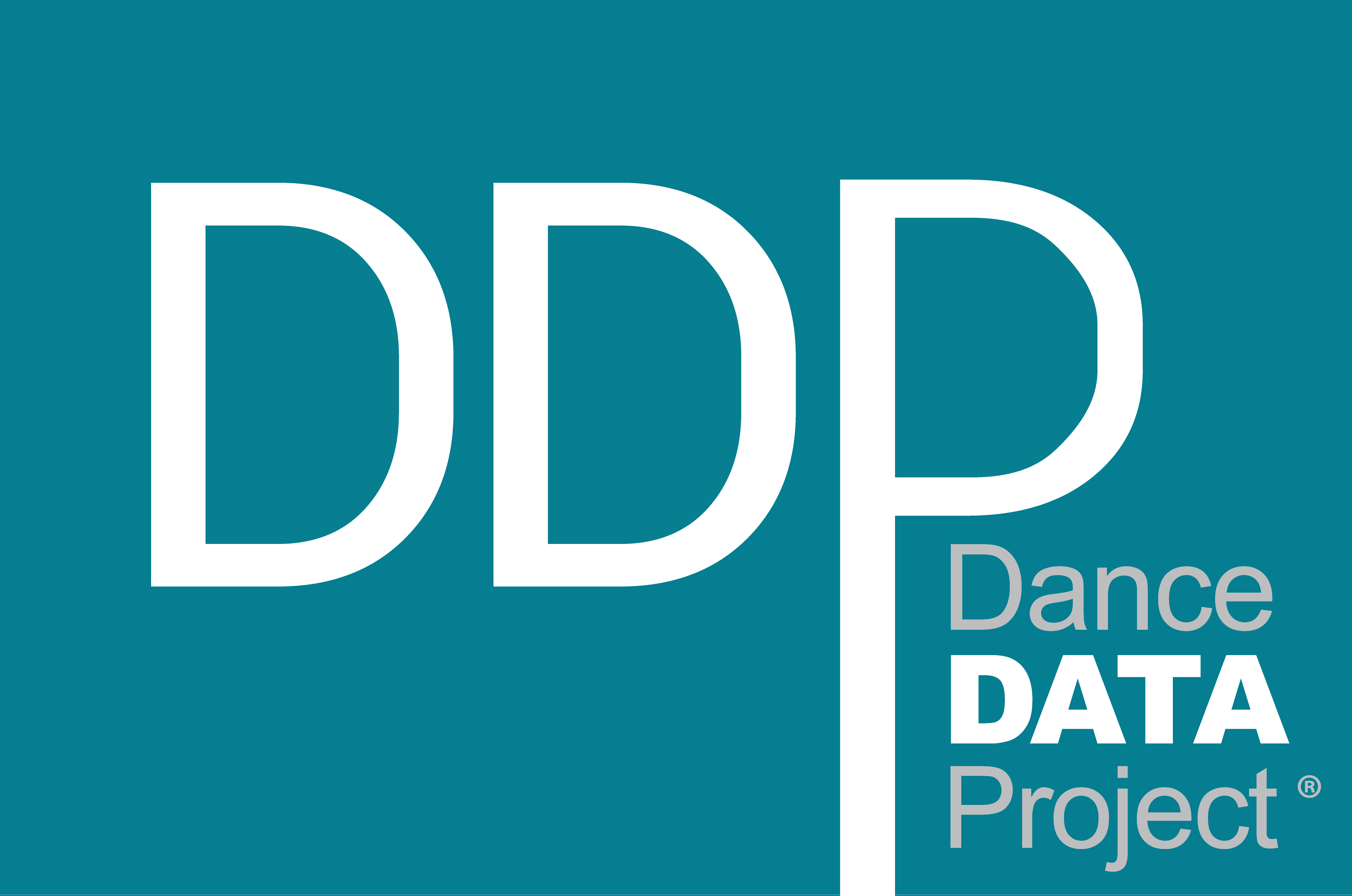
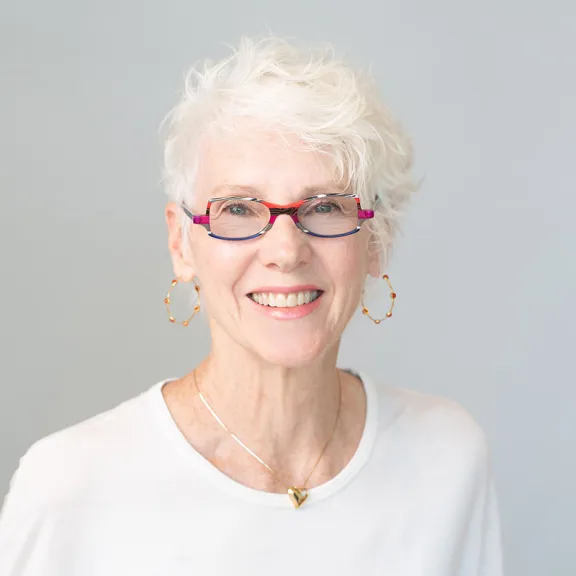
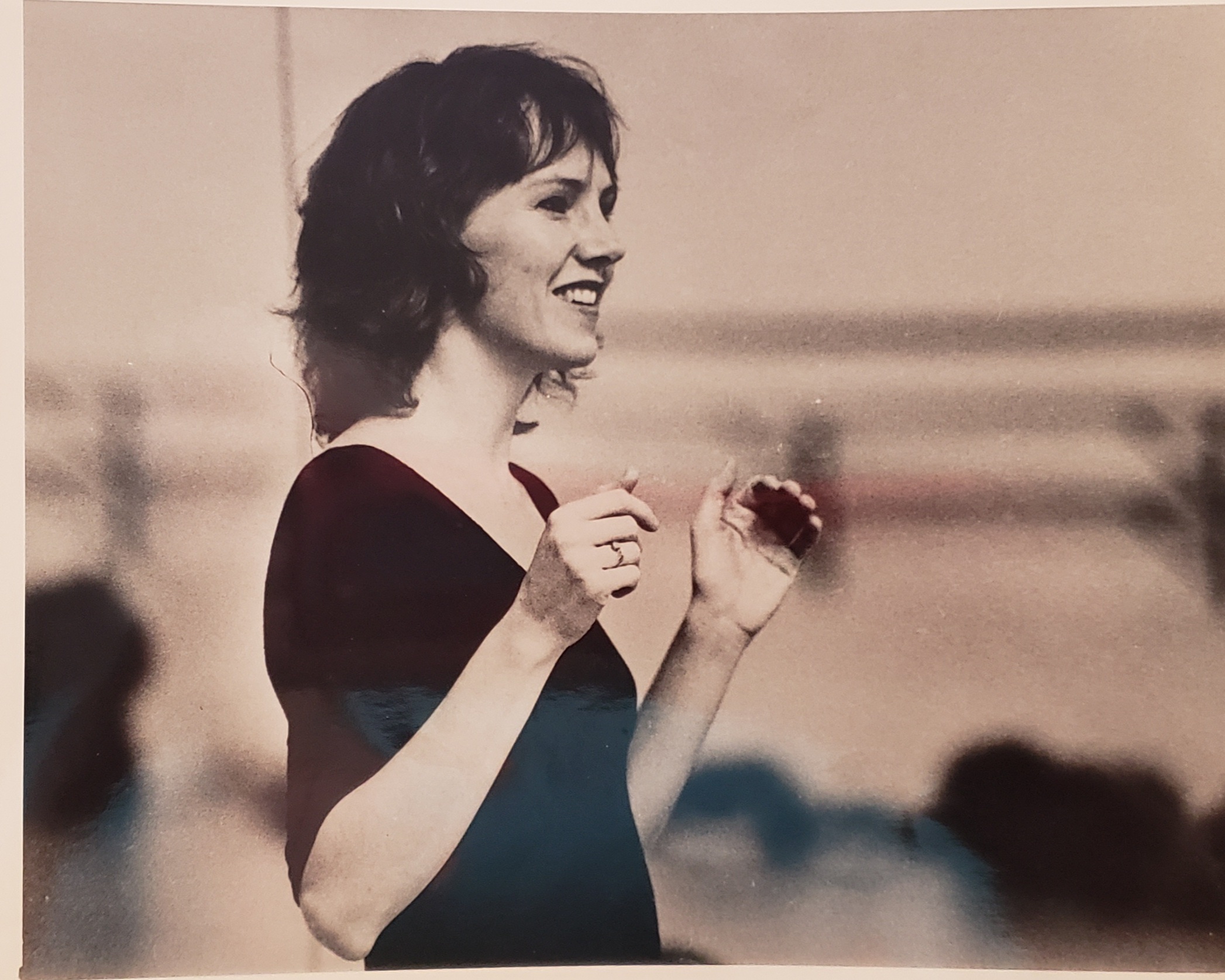
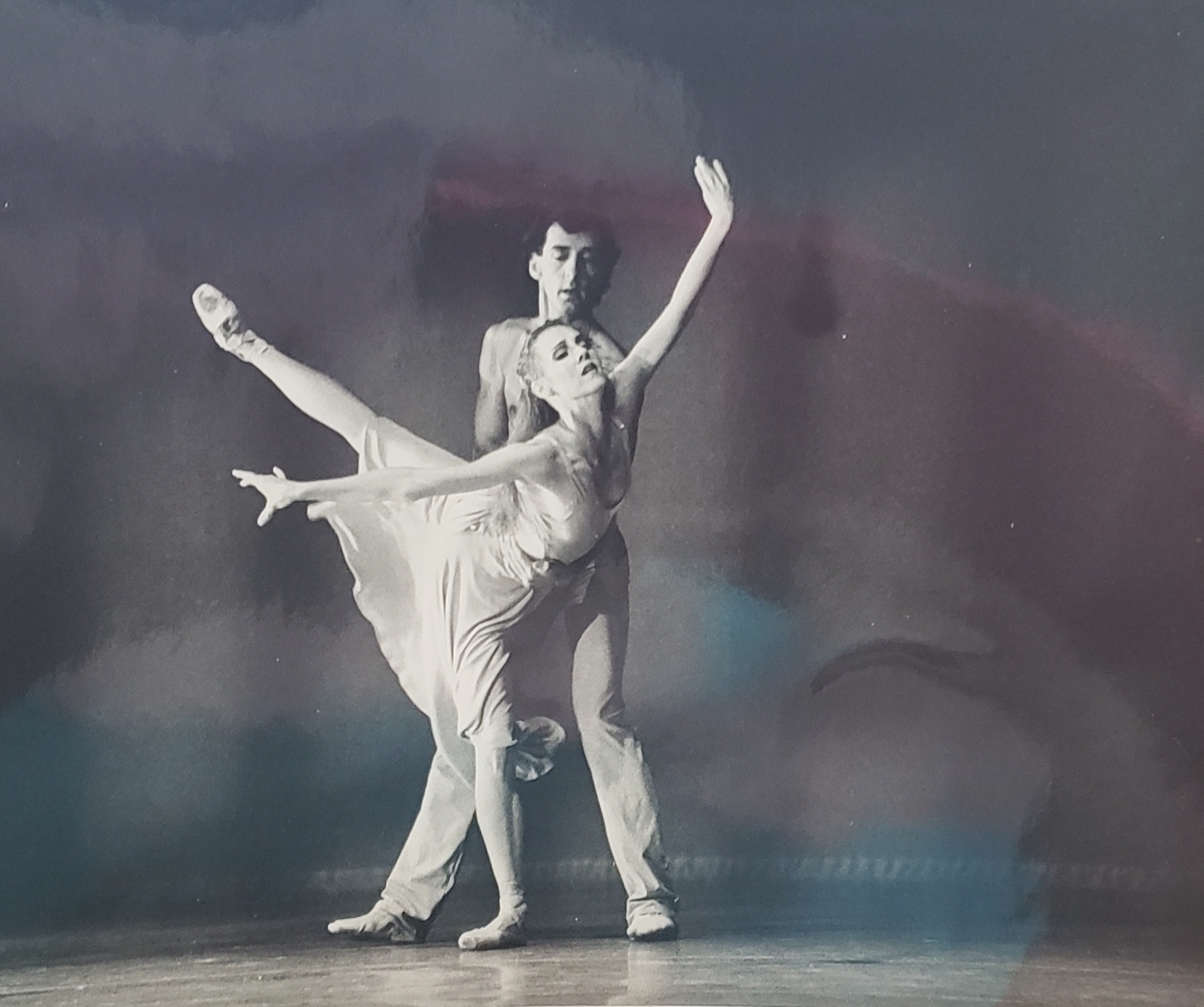
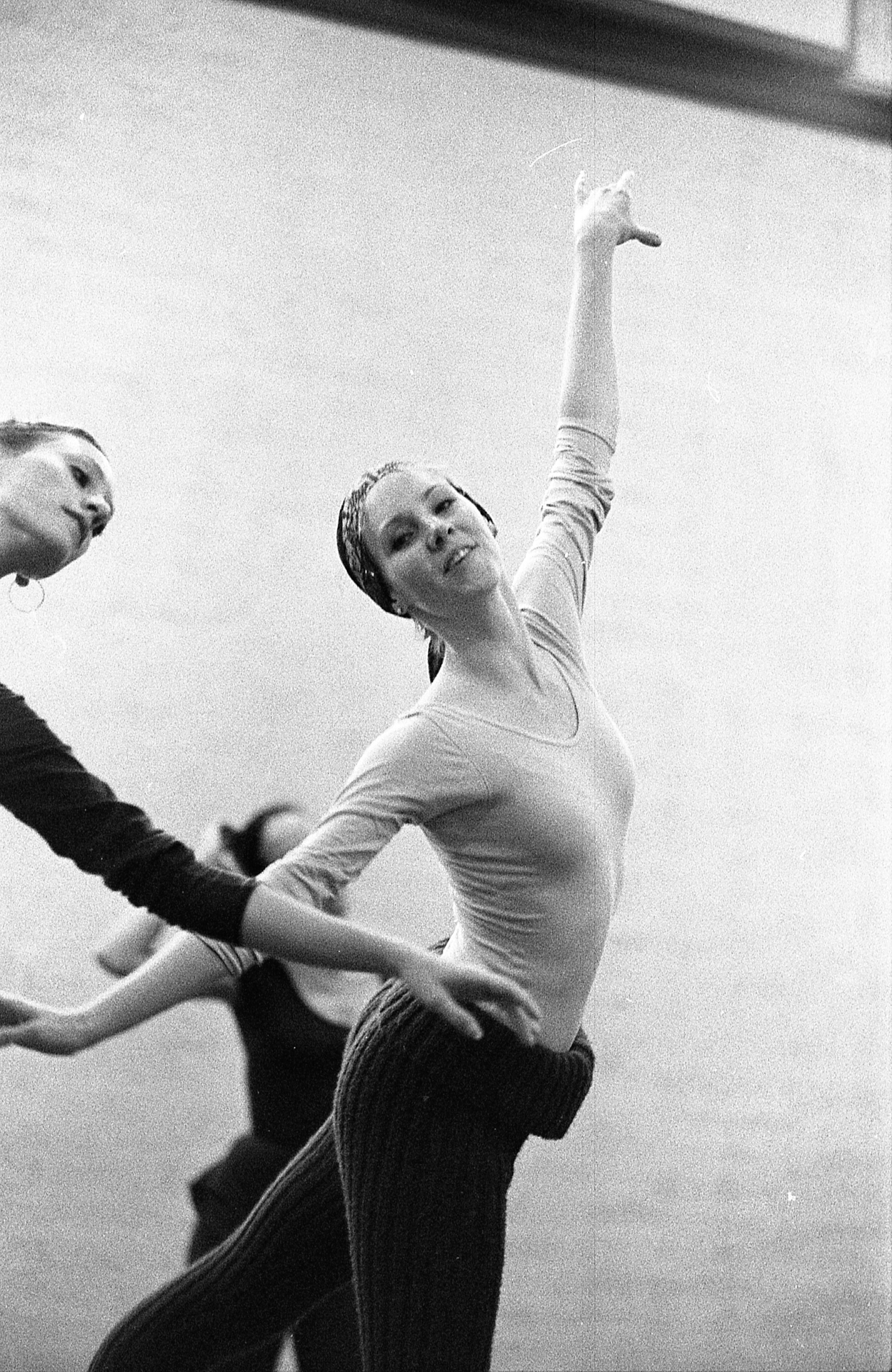
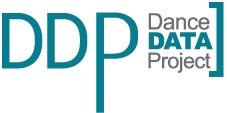
 Israel Tannenbaum
Israel Tannenbaum